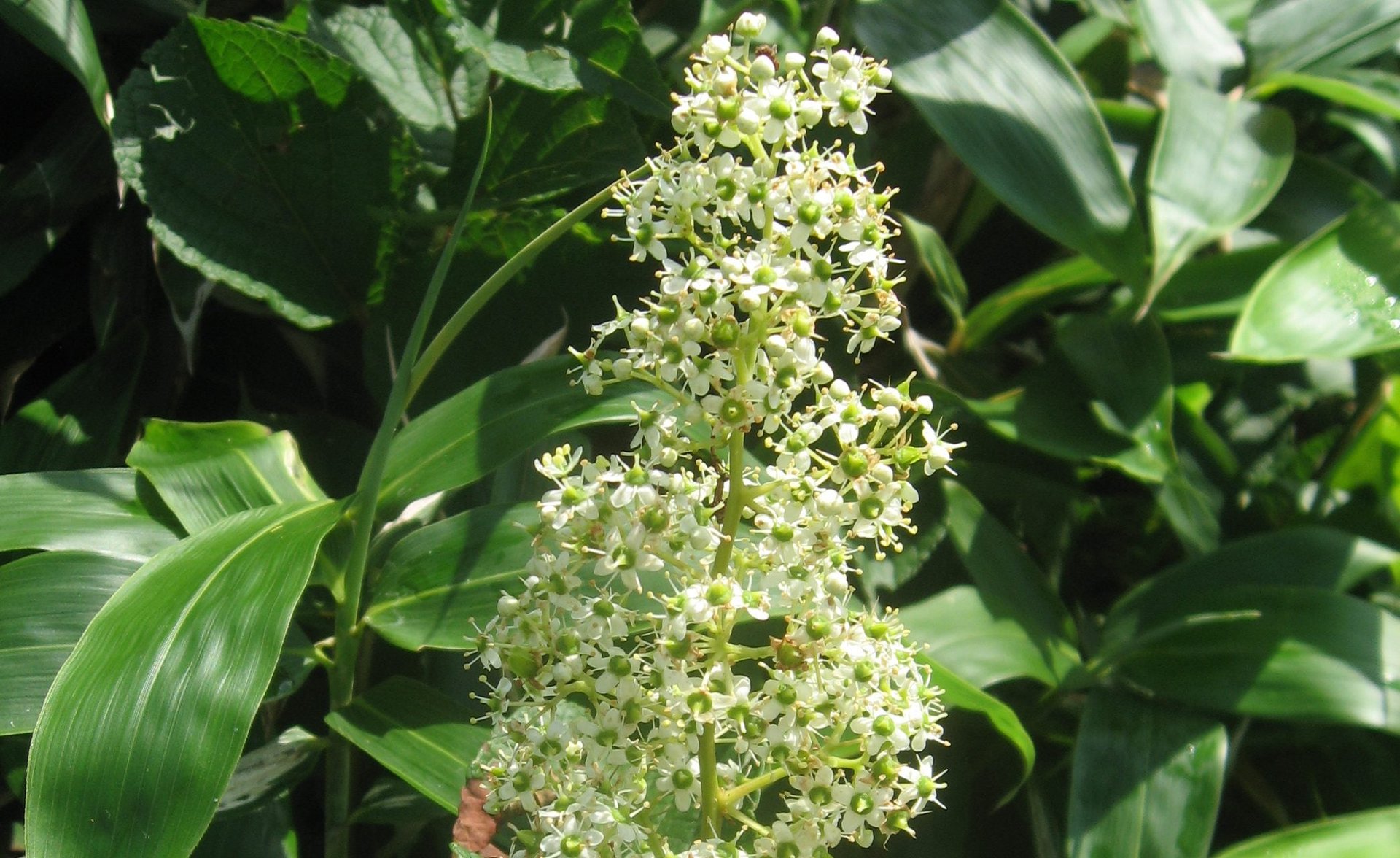A new study has confirmed the science behind an ancient form of birth control
That any of us exist at all is a biological miracle. Fertilization is a finicky process that requires sperm to be in tip-top shape as they navigate their way through the female reproductive tract in a specific set of chemical conditions. If anything is off, sperm don’t make it to the egg, which is tucked away in the fallopian tubes within a layer of gelatinous goop.


That any of us exist at all is a biological miracle. Fertilization is a finicky process that requires sperm to be in tip-top shape as they navigate their way through the female reproductive tract in a specific set of chemical conditions. If anything is off, sperm don’t make it to the egg, which is tucked away in the fallopian tubes within a layer of gelatinous goop.
The flip side is that even a slight tweak to the environment of the female reproductive tract can prevent unwanted pregnancy. Long before the pill was approved in 1960, women had found ways to temporarily make themselves infertile. Some of these were fairly horrific, like shoving wads of crocodile dung or cat testicles into the vaginal canal, but others were more tolerable, like eating certain plants. One of these plants is the thunder god vine, or Tripterygium wilfordii.
Now scientists have figured out how the thunder god vine works to prevent pregnancy. In a paper published (paywall) on May 15 by researchers at the University of California, Berkeley, researchers figured out how a compound in the plant actually prevents sperm from being able to fertilize the egg. Their work could lead to an alternative to the hormonal birth control pill.
Nadja Mannowetz, a molecular biologist, and her team were studying the chemical reactions that occur at the final stages of the sperm’s journey, just before it fuses with the egg. A sperm’s flagellum propels it forward like a shark’s tail. In order for the sperm to get through the egg’s jelly lining, though, the flagellum needs to go into overdrive—a phenomenon Mannowetz refers to as “drilling.” It’s a type of rapid flagellum-flicking triggered when the hormone progesterone, found in the fallopian tube, interacts with a protein called ABHD2, produced by the sperm. Without this reaction that sends sperm tails into a drilling frenzy, it’s impossible to fertilize the egg.
While working on that project, Mannowetz remembered a book her former supervisor had brought into the lab: Antifertility Plants of the Pacific, which contains an index of plants used by native tribes in the Pacific islands and Asia as forms of birth control. She wondered if any of those plants might actually work by interfering with the progesterone-ABHD2 chemical reaction.
Every plant contains thousands of chemical compounds, so Mannowetz and her team conducted a literature search to isolate which might be worth studying. They came up with two: pristimerin and lupeol. The former is found in the thunder god vine. In traditional Chinese and Taiwanese medicine, patients are told eat the vine to treat inflammation and arthritis. However, there were frequent reports of infertility as a side effect. Lupeol is a chemical found in small amounts in fruits like mangos and grapes, and has also been used in traditional eastern medicine (though not for birth control).
They tested both chemicals and found that when sperm are exposed to pristimerin or lupeol, their tails were never able to start drilling away. The plant chemicals blocked the necessary chain reaction that begins with the progesterone-ABHD2 interaction.
It took just a tiny bit of these plant compounds to stop the sperm tails from forcefully wriggling—“about 10 times lower than levels of levonorgestrel in Plan B,” Polina Lishko, a cell biologist and co-author of the paper, said in a statement. Mannowetz thinks these chemicals could one day be used to create a low-dose, hormone-free birth control that either men or women could use. But there’s a long way to go before these compounds make it to clinical trials. She plans to study the effect of these compounds in non-human primates next.